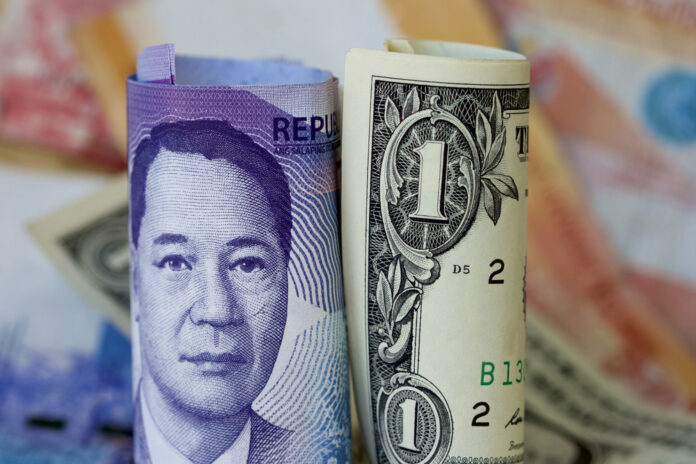The Philippines posted a US$706-million balance of payments (BOP) surplus in October, signaling an improvement in external accounts and helping lift the gross international reserves (GIR) to US$110.2 billion. This reserve level—enough to cover 7.4 months of imports and more than three times the country’s short-term external debt—provides the economy with a stronger buffer at a time when the peso continues to face pressure. While the U.S. dollar is expected to weaken next year as the Federal Reserve keeps cutting rates, banks note that Philippine-specific factors, including continued current account deficits in 2026 and 2027, will likely keep the peso under strain. For the first ten months of 2025, the BOP remained in deficit at US$4.6 billion, although financial institutions point out that the gap is slowly narrowing as inflows strengthen.
Lenders like the Metropolitan Bank and Trust Co. (Metrobank) expect the country’s growth path to remain uneven in the near term due to the government’s temporary “fiscal freeze,” which is likely to dampen activity this year. However, the bank foresees a gradual rebound beginning in 2026, driven by returning momentum in capital formation and investment. Inflation, which fell below target this year, is projected to move closer to the BSP’s 4 percent ceiling by mid-2026 as base effects fade and global commodity prices potentially rise, partly because of U.S. tariff policies. Even with this upward pressure, the average inflation next year is still seen to remain within the central bank’s 2 to 4 percent target range.
The Bangko Sentral ng Pilipinas is expected to maintain a dovish stance after its December rate cut. The central bank has already trimmed policy rates by 175 basis points from a peak of 6.50 percent, bringing the benchmark to 4.75 percent as of its October 9 meeting. With inflation risks still manageable and growth momentum soft, analysts believe the BSP will continue to support lending and liquidity conditions to ease financial burdens on businesses and households.
Banks also anticipate a steepening of the Philippine yield curve. Short-term rates are likely to drift lower as markets price in further BSP rate cuts, while long-term yields may rise as the government extends borrowing toward 10-year maturities and as inflation edges higher. This shift suggests more affordable short-term financing but potentially costlier long-term loans, a combination that influences investment decisions, mortgage rates, and corporate planning.
For consumers and firms, these developments present a mixed landscape. A weaker peso may push up import and fuel costs, raising expenses for companies that rely on foreign inputs and nudging consumer prices higher. At the same time, lower policy rates should help reduce borrowing costs and support both business expansion and household spending. The combination of a strengthening external buffer, manageable inflation, and an accommodative policy stance positions the economy for gradual recovery, even as currency pressures and shifting global conditions continue to shape financial markets.







